Preservation of Vascular Health in Hibernating Bears: Insights into Thrombosis Resilience
In the realm of mitigating the risks of thrombosis, the enigma of hibernating bears emerges as a fascinating anomaly. While immobility often predisposes individuals to blood clot formation, bears that undergo prolonged periods of hibernation seem immune to this vascular malady. Shedding light on this physiological riddle, a collaborative team of scientists from Germany and Sweden have unearthed a compelling explanation, elucidating the role of the HSP47 protein in orchestrating this shield against thrombosis.
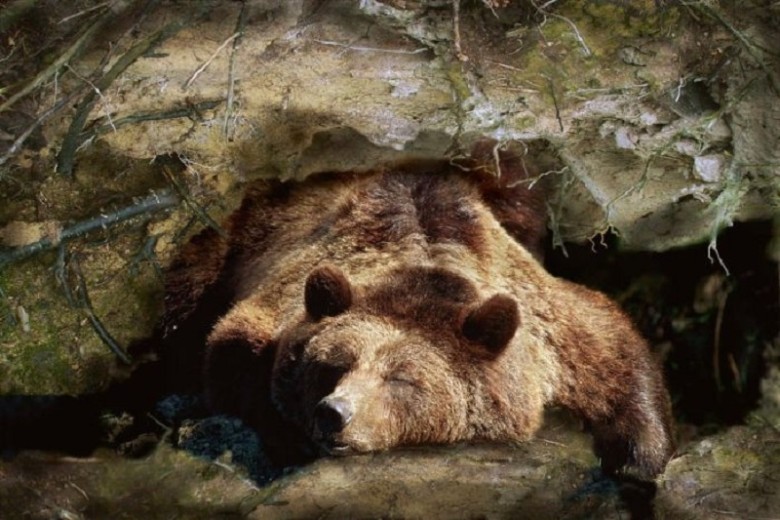
Deep vein thrombosis (DVT), a menacing cardiovascular complication, poses substantial threats to human health, with the potential to culminate in pulmonary embolism—a grave condition ranking as the third leading cause of mortality in cardiovascular diseases. Mitigating DVT necessitates the use of anticoagulant medications, which concurrently pose risks of hemorrhagic complications, presenting a significant clinical conundrum.
Captivated by the resilience of brown bear physiology during hibernation, cardiologist Manuela Thienel and her research cohorts embarked on a comprehensive investigation spanning two years. Employing GPS collars to monitor 13 hibernating bears, the researchers discerned a stark reduction in the levels of HSP47 protein in the blood during the winter dormancy phase compared to the active summer period.
Remarkably, HSP47 plays a multifaceted role in the physiological orchestra of bears and other mammals, participating in collagen biosynthesis crucial for connective tissues and acting as a key coordinator in blood clotting through platelet activation. The diminished presence of HSP47 in the blood during hibernation unveils a mechanism by which bears circumvent thrombotic risks during extended periods of inactivity.
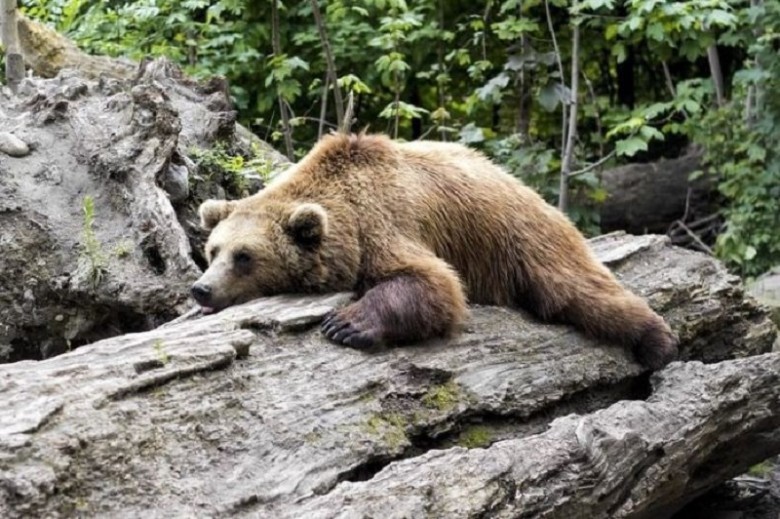
Intriguing parallels surfaced when analyzing paralyzed patients and confined pigs, revealing a similar scarcity of HSP47 in their bloodstreams. This shared phenomenon emphasizes the adaptive response of reducing HSP47 synthesis in immobile states, underscoring the significance of this protein in modulating thrombotic susceptibility.
The groundbreaking revelations of this study unveil a promising avenue for potential therapeutic interventions aimed at suppressing HSP47 activity to safeguard individuals prone to thrombosis. With this newfound understanding of the pivotal role of HSP47, the quest for targeted pharmacological agents heralds a novel chapter in combating thrombotic disorders, as articulated by Professor Jon Gibbins of the University of Reading, a luminary in the field and a co-author of this pioneering research endeavor.
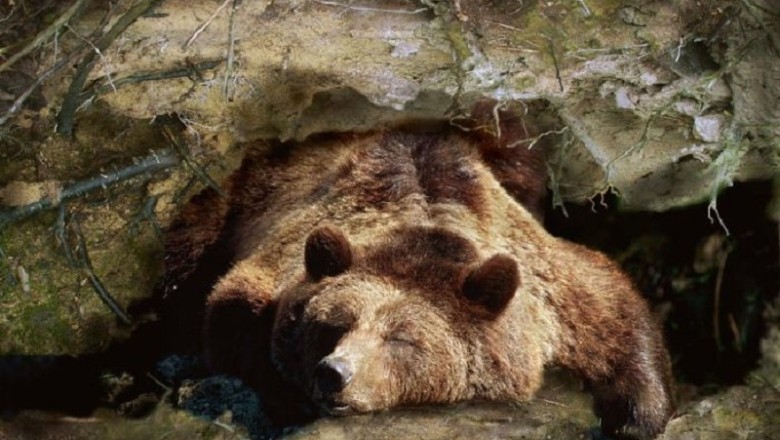


















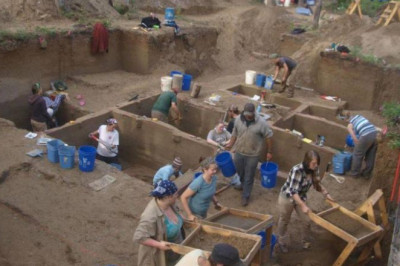


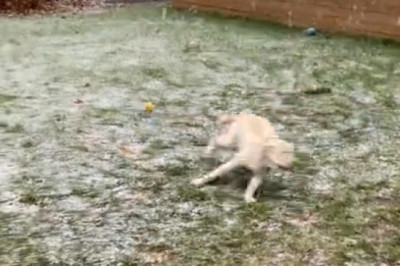
Comments
0 comment